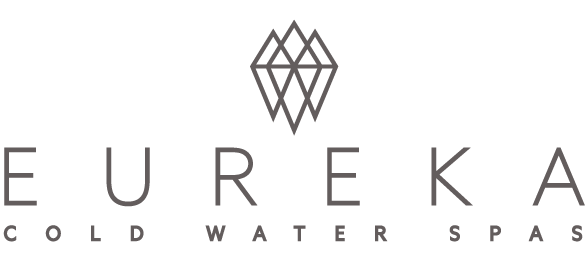It’s Hot & Cold: Contrast Therapy
Contrast therapy is the practice of alternating hot and cold applications to treat injuries and speed recovery in training. The Scandinavian tradition of rolling nearly-naked in the snow after a stint in a hot sauna is perhaps the most well-known form of contrast therapy, but the practice is also popular in the fields of of sports medicine and physiotherapy, where contrast baths or contrast hydrotherapy (hot and cold water immersion), the Nordic cycle (hot sauna to cold water immersion), and the combined use of hot and cold packs, are common treatments.
Advocates believe that contrast therapy works by passively stimulating the body’s tissues: heat dilates blood vessels and lymph glands, relaxes muscles and reduces heart rates; cold constricts blood vessels and lymph glands, decreases swelling and flushes out lactic acid, and also increases heart rates; alternating between these two states may therefore stimulate both the circulatory and lymph systems and lead to better healing and recovery.
Like many traditional practices, much of the supporting evidence for contrast therapy is anecdotal, but recent studies have shown measurable benefits in reducing muscle soreness, reducing Delayed Onset Muscle Soreness (DOMS), increasing tissue oxygenation and hemoglobin levels, decreasing lactic acid, and reducing swelling and increasing the range of motion in injured joints.
Most contrast therapy protocols involve repeated cycles of 1-5 minutes of hot and cold exposure over a period of 20-30 minutes.
Read more about the Eureka Cold Plunge Tub here.



